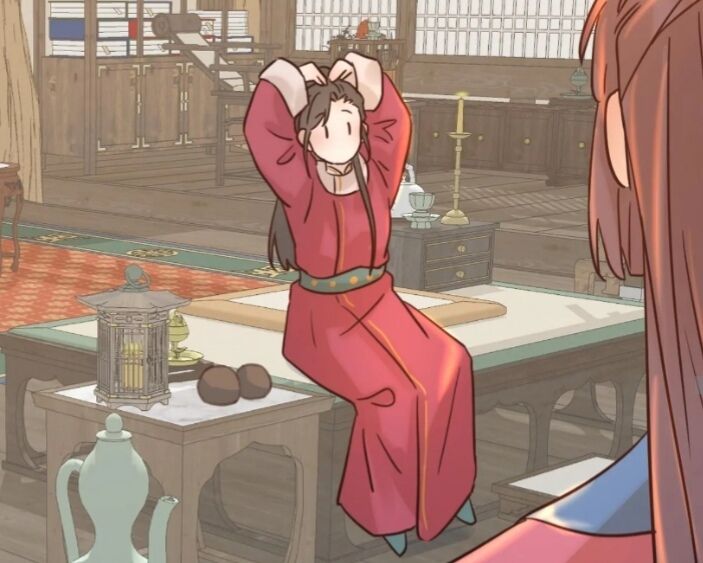Overview/General Morphology
Subdecks (4)
Laboratory Diagnosis
TREMATODES LAB (Organized) > Overview/General Morphology5 cardsLife Cycle Patterns
TREMATODES LAB (Organized) > Overview/General Morphology12 cardsGeneral Rules for Trematodes
TREMATODES LAB (Organized) > Overview/General Morphology9 cardsClassifications
TREMATODES LAB (Organized) > Overview/General Morphology7 cards
Cards (50)
- Body Structure
- Trematodes are commonly known as?
- What type of digestive system do flukes have?
- Do flukes have an anus?
- What type of body cavity do flukes possess?
- What circulatory and respiratory organs do flukes have?
- How many suckers do flukes have?
- What are the names of the two suckers in flukes?
- What is the function of the ventral acetabulum in flukes?
- What type of integument do flukes have?
- What may cover the integument of flukes?
- What are "vitellaria" in flukes?
- What do vitellaria produce and store?
- Why are yolk cells important for flukes?
- What type of life cycles do flukes have?
- What is always required as an intermediate host in fluke life cycles?
- How do fluke life cycles vary?
